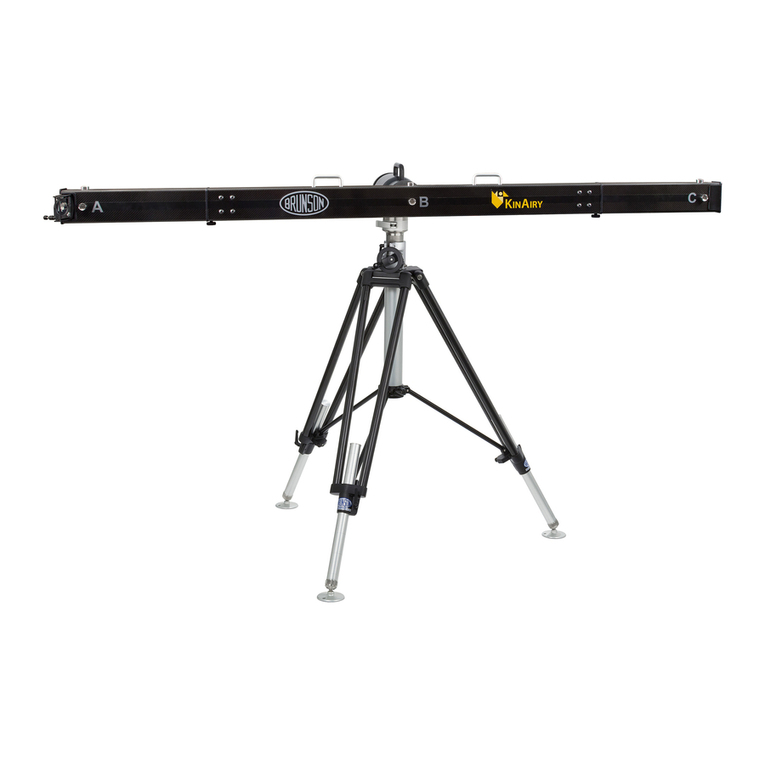
1Operation and Adjustment Manual
Inthischapterwewilladdressthefollowingtopics:
Whatisatransit?
Whatarethecomponents?
Whatdoesatransitdo?
ThedifferencebetweenthethreeBrunsontransits
Themostimportantthingaboutatransitisthatithasatelescopeon
agimballingmechanism,soitcanrotatebackandforthhorizon‐
tally(azimuthdirection),butitcanalsorotateupanddown
(elevationdirection).
Almosteveryoneisfamiliarwithasurveyor’stransit.However,it
isworthexplainingthegeneraldifferencebetweenourtransitsand
thoseusedbysurveyors.OpticalToolingtransitshaveanumberof
modificationstomakethemdeadlyaccuratewhenshootingover
distanceswhich,toasurveyor,wouldseemshort(lessthanacou‐
pleofhundredfeet).Inaddition,wedonotneedtotakereadings
intwotelescopepositions(directandreverse)inordertoachieve
thisaccuracy.Thisispossiblebecauseourtransitshaveseveral
specialcharacteristics:
a)Theyhaveanextremelystraightlineofsight.Asyoufocusthe
telescopefromneartofar,thelineofsighttravelsinanextremely
straightline.Thatis,pictureputtinganimaginary,
weightless,tautstringdownthecenterofthetelescope,
stretchingstraightoutacoupleofhundredfeet—the
stringwouldalwaysbeinthecenterofthecrosshairsas
youfocusfromneartofarandbackagain.
b)Atransit’sthreemajoraxesareallmutuallyorthogonal
(allatrightanglestoeachother).Therearetworota‐
tionalaxesonyourtransit,andoneaxiswhichdoesnot
rotate(seeFigure1.2).Thefirstrotationalaxisisthever‐
ticalaxis.Thespindleandbearingswhichcreatethever‐
ticalaxisarehousedinthetransit’sbase.Theentireup‐
perportionofthetransit(standardsandtelescope)rotate
horizontallyaroundthisaxis.Thesecondrotationalaxis
isthecross‐axis.Thisisthehorizontalaxisaroundwhich
thetelescoperotates.Thethirdaxisisthelineofsight.
c)Lastly,allthreeofthemajoraxesmeetatoneprecise
point.Justbecausetheaxesareallmutuallyorthogonal
PleaserefertoFigure1.1
forageneralorientationto
componentterminology.
Chapter1‐Introduction
Note:Thismanualappliestothe
followingBrunsonproducts:
771and771‐HJigTransits
75and75‐HOpticalTransit
Squares
76‐RH,76‐RH190,and76‐
RH190MTelescopicTransit
Squares
Atthistime,themodels771,771‐H,
75,and75‐Harenolongerpro‐
ducedbythefactory.However,we
haveincludedtheminthismanual
duetotheirpastpopularityandthe
factthatmanyoftheseinstruments
remaininthehandsofalignment
technicianswhomayfindthisinfor‐
mationuseful.
Whatisatransit?





























